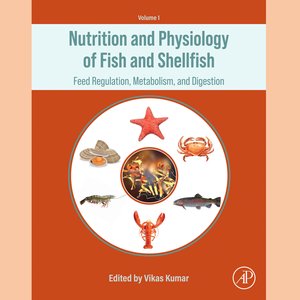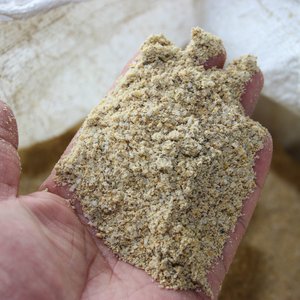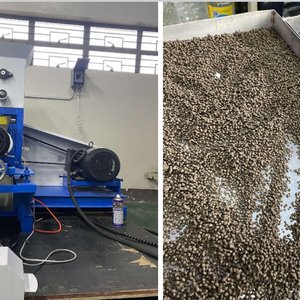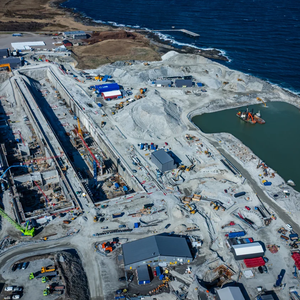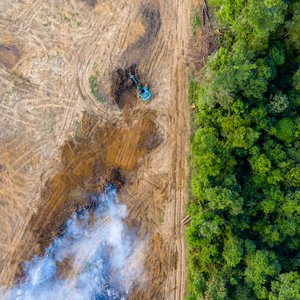Galen Rokey and Joe Kearns, Wenger Manufacturing, Inc.
Aquatic feeds are primarily processed by extrusion systems to not only include nutritional value but also develop desirable physical product characteristics. Starch gelatinization, floating/sinking properties, fat uptake and durability in water are critical characteristics in the industry that impact nutritional and physical pellet considerations. Starch gelatinization of aquatic feed during extrusion is important as it affects feed digestibility in some species and contributes to water stability in all feeds. Floating/sinking properties of the feed are species specific and affect feed efficiency through proper presentation for consumption. Feed not immediately consumed must be water stable to protect the nutrients in the feed but also water quality. Extrusion process variables such as SME (specific mechanical energy) impact these important product properties. The purpose of this study was to describe the effects of extrusion SME on starch gelatinization and to investigate the correlation between feed bulk density and floating/sinking characteristics and the potential to absorb fat coatings through vacuum infusion and atmospheric coating techniques.
Download Processing aquatic feeds to optimize nutritional and pellet characteristics (pp 33-36 AQUAFEED: Advances in Processing & Formulation, vol VI issue IV, 2014) (PDF) from the \"read document\" link below.
processing-aquatic-feeds-to-optimize-nutritional-and-pellet-characteristics


